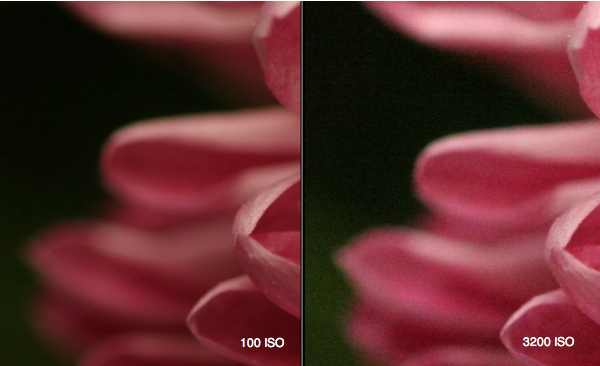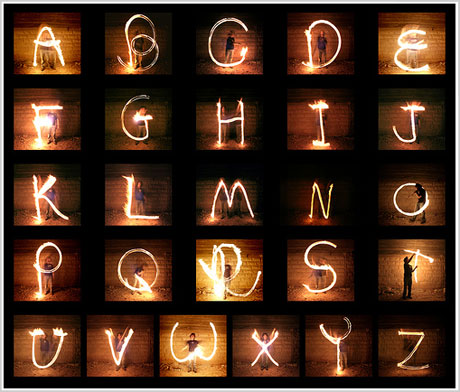Here are a few definitions explained when talking technically about digital photography.
SLR = Single Lens Reflex, the type of camera that is being used to take the photographs.
ISO = is the light sensitivity which is expressed with the speed of the photograph taken. The lower the ISO number is on the camera the less sensitive is sensor is to the light; the higher the number, the more senstive the camera becomes to the light. The effect this has on the photograph means if there is less light upon the object, the higher the ISO number needs to be. The only drawback to setting your camera at a high ISO number means the image becomes 'grainy' or the 'noise' is more obvious. For exmaple using a ISO of 100 means there will be less light allowed into the lens, the picture slightly blurred, but when the ISO is raised to 3200, the image is more focused however becomes grainy, almost looking pixelated.
(Photography- Digital Photography School- Matt Brett).
Apperture = the size of the lens opening on the camera and controls how much light is let in when capturing a photo. A Larger apperture lets in more light and a smaller apperture lets in less light. Apperture sizes run in f stops. The larger to f stop number the smaller the opening, and the smaller the f stop the number the larger the opening.
Shutter Speed = is how long the shutter sensor is open and exposed to light. How long the shutter is open depends on how much light is let into the camera sensor. If the shutter is open too long, then the subject will in the photo will be too light, and if the shutter is open for a small amount of time, then the subject will be too dark (if the apperture setting stays the same throughout).
The faster the shutter speed creates a stop action.
The slower the shutter speed creates a blurred smoother action in the photograph.
Exposure = the combination of aperture and shutter speed which creates different exposures and a range of different depth of field. A large aperture and short exposure will reduce the depth of field, only having the foreground in focus; a small aperture and long exposure will do the reverse and have a greater depth of field bringing all aspects of the subject and background into focus.














